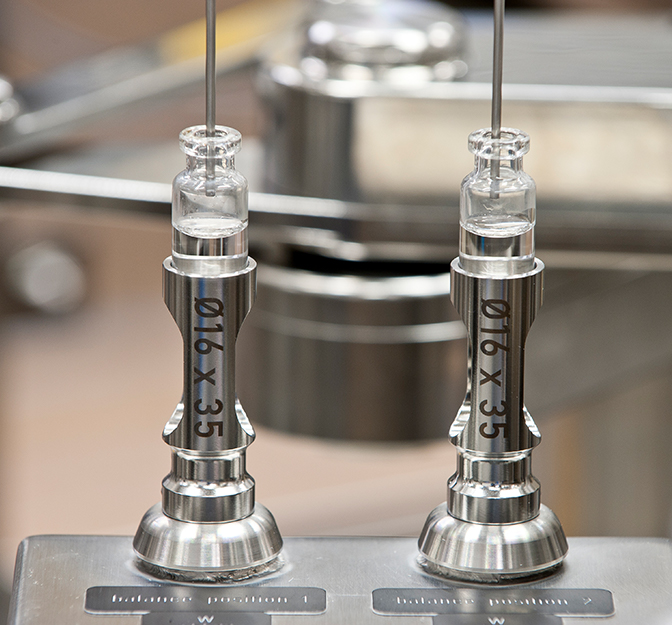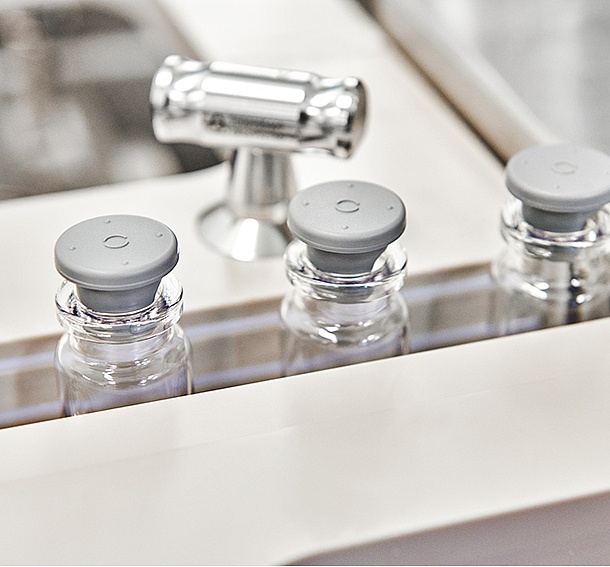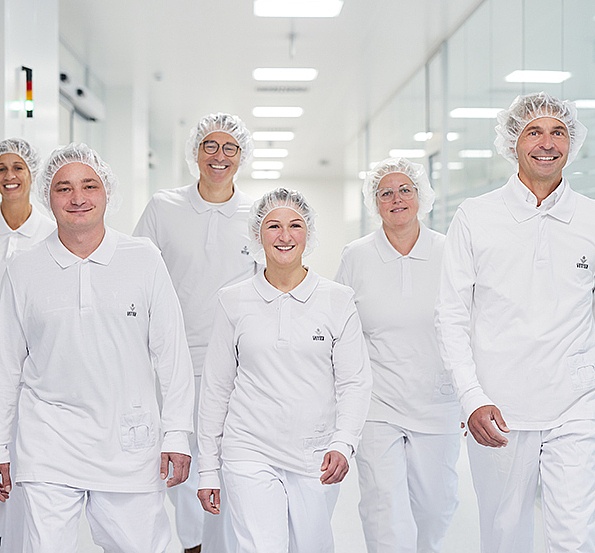Our difference
Specialized manufacturing expertise at every phase of your clinical trials
From supplying your in-human trials, to conducting analytical studies, to securing regulatory approvals, your manufacturing needs grow rapidly on the path from molecule to therapy. At each of those challenging steps, you need a responsive, collaborative CDMO who’s committed to meeting both critical timelines and the highest possible quality standards.
For that, look no further than the skill, experience, and cutting-edge solutions you’ll find at Vetter. We fill a wide range of clinical products in a variety of primary containers, with flexible processes and supporting services that scale with your product’s development.









